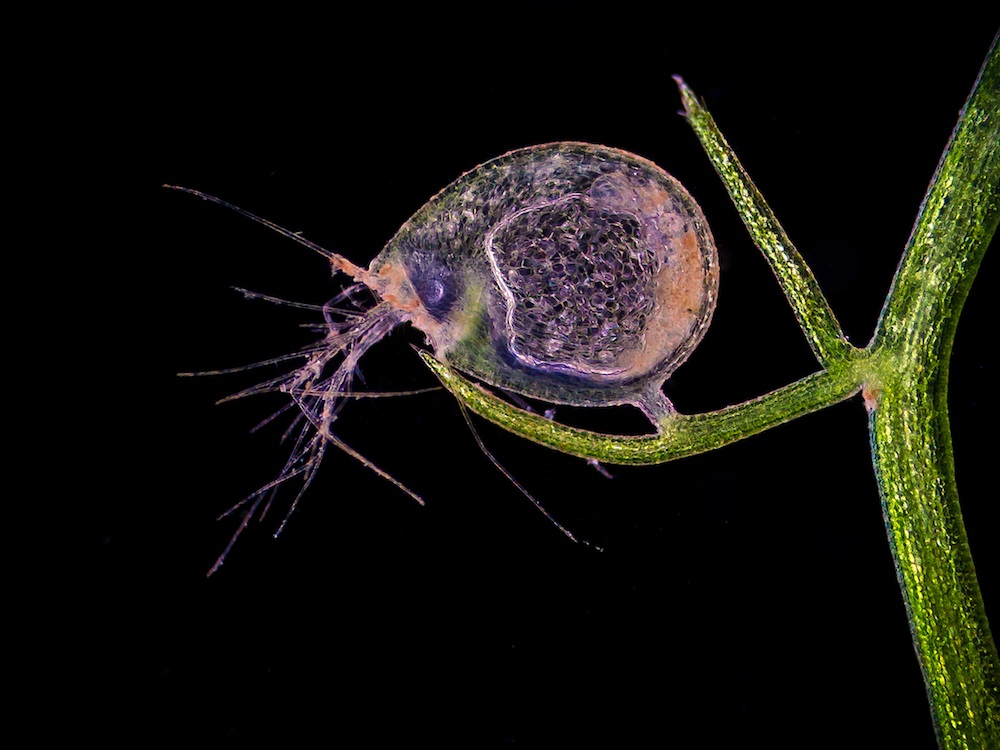Amazing Images Reveal Microscopic Worlds

Rat kangaroo kidneys, cow cells and mouse ears are among the worlds that photographers are peering inside for Nikon Instruments' annual Small World photography competition.
Starting today, the public can view the entries and vote on their favorites from more than 100 finalists. The winner of the popular vote will be recognized in October, along with winners selected by a panel of judges.
The competition showcases photomicrographs, or photos taken through a microscope, from an array of scientific disciplines. To be chosen as one of the top 20, the photo must be important to science or industry while also showing artistic qualities with its composition, color, and content.
The Small World competition is in its 37th year, and this is the fifth year that the public has been able to vote on the images. See a sampling of the finalists in this LiveScience gallery, and then go vote at www.nikonsmallworld.com.
You can follow LiveScience senior writer Stephanie Pappas on Twitter @sipappas. Follow LiveScience for the latest in science news and discoveries on Twitter @livescience and on Facebook.
Get the world’s most fascinating discoveries delivered straight to your inbox.

Stephanie Pappas is a contributing writer for Live Science, covering topics ranging from geoscience to archaeology to the human brain and behavior. She was previously a senior writer for Live Science but is now a freelancer based in Denver, Colorado, and regularly contributes to Scientific American and The Monitor, the monthly magazine of the American Psychological Association. Stephanie received a bachelor's degree in psychology from the University of South Carolina and a graduate certificate in science communication from the University of California, Santa Cruz.


